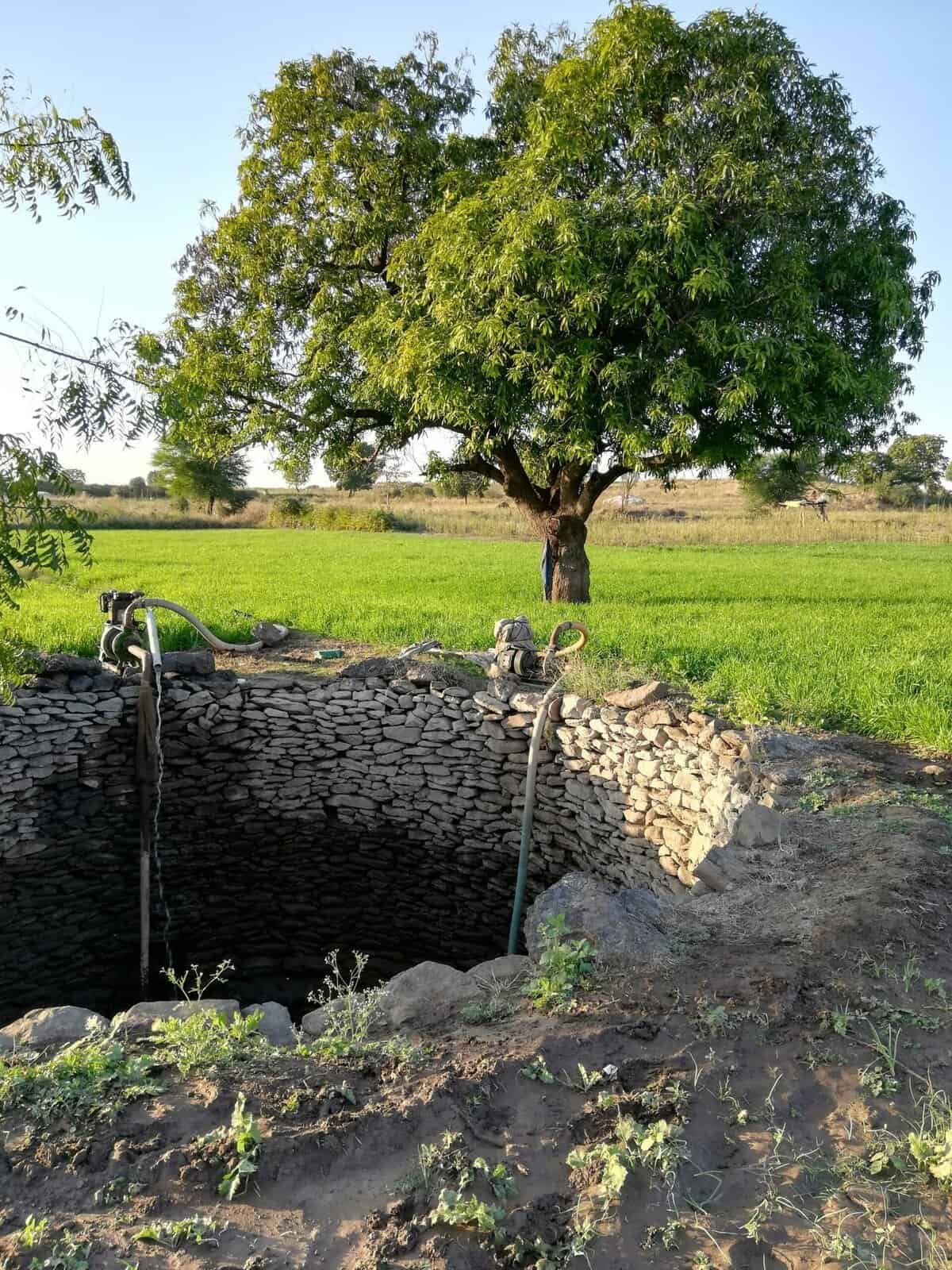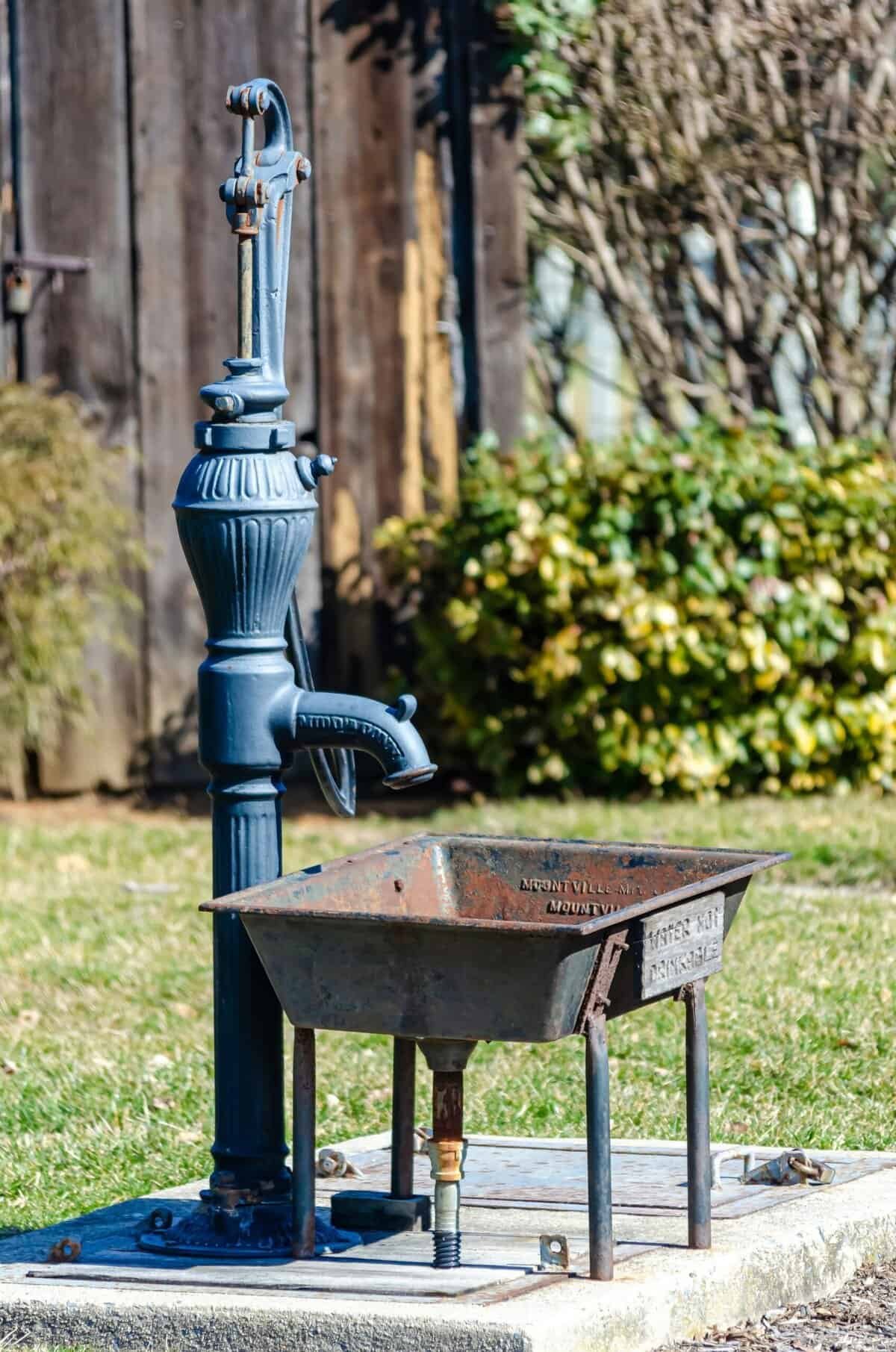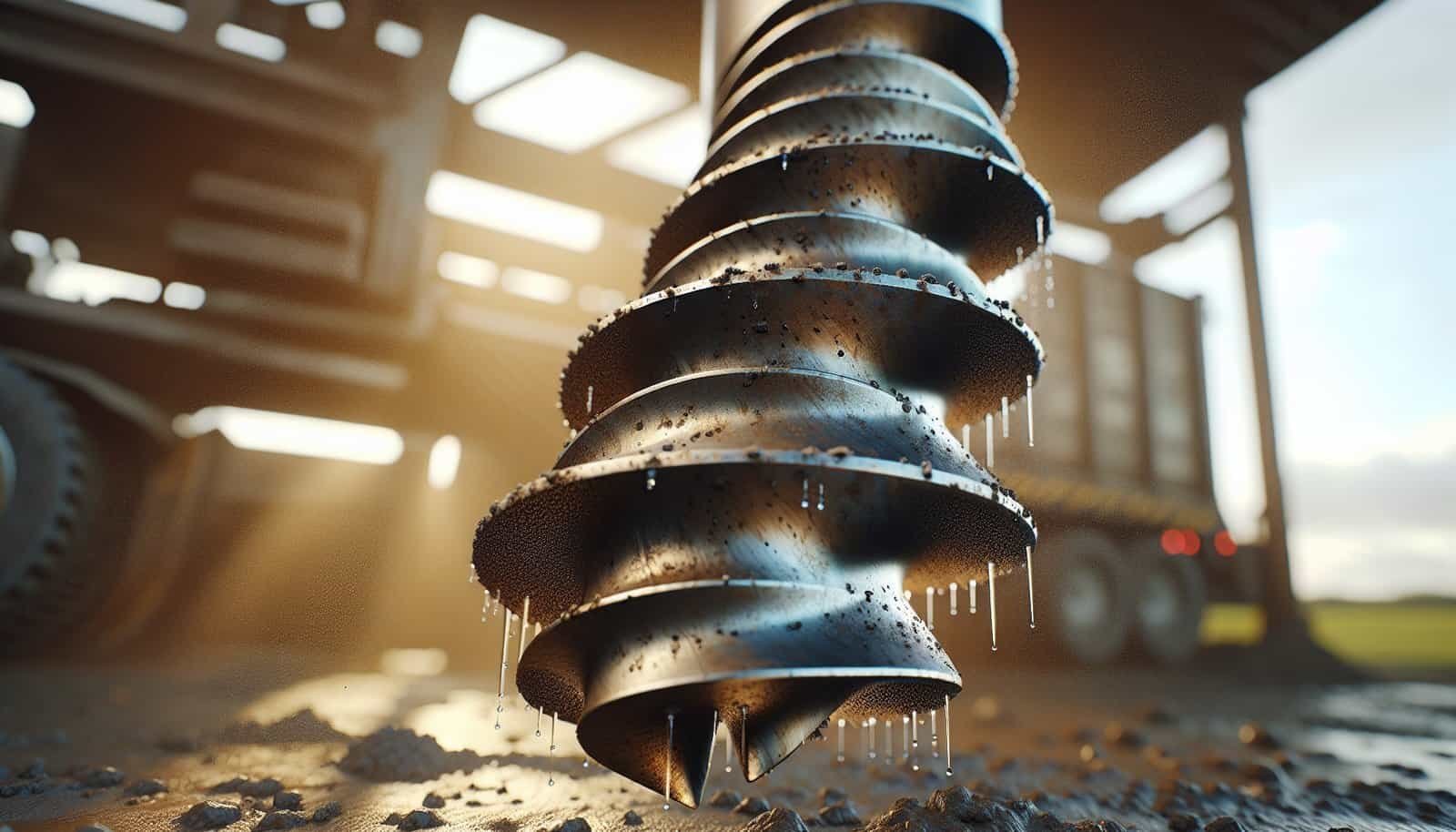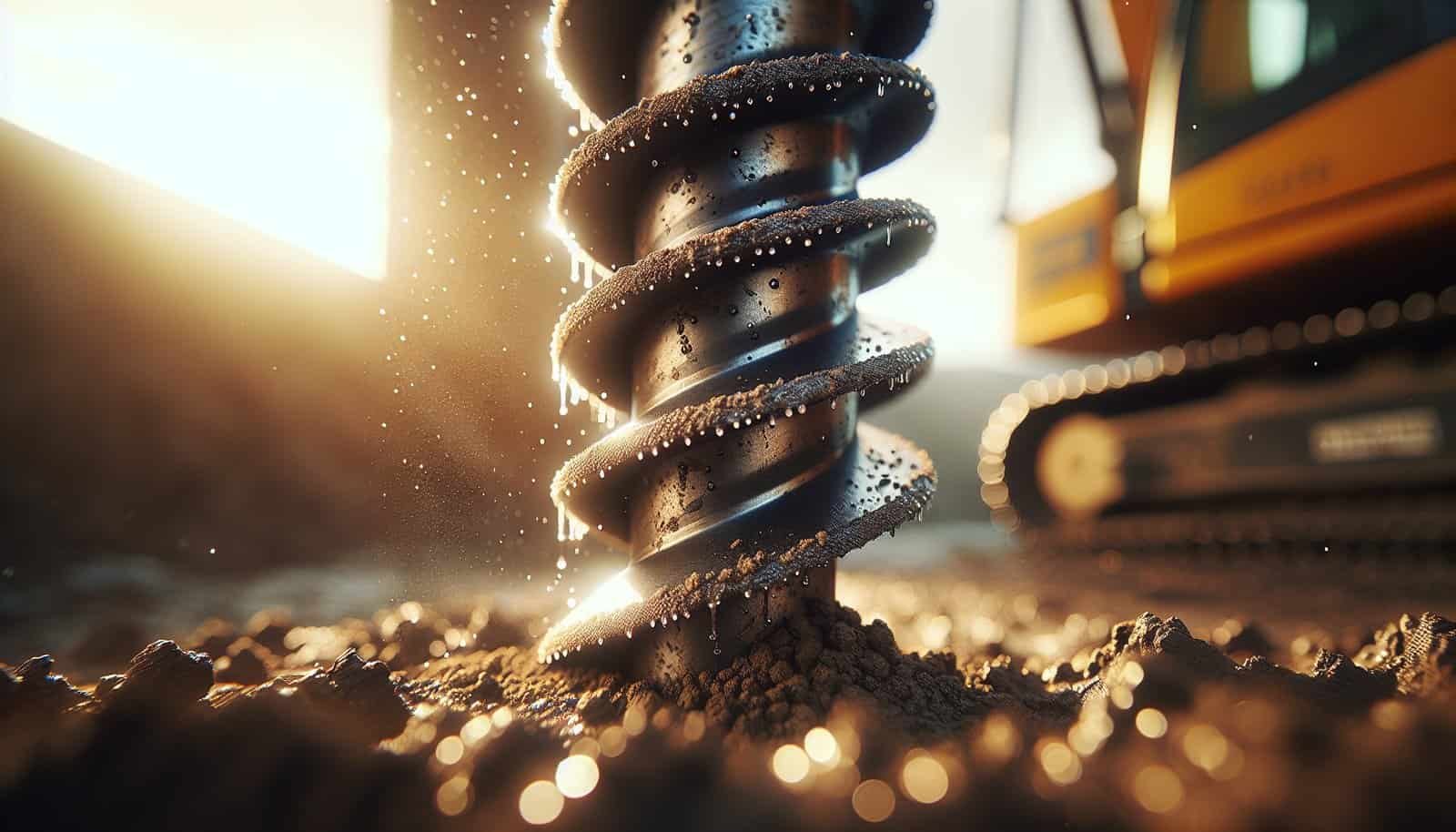Are you trying to figure out how much it will cost you to drill a new water well in 2025?

How Much Does It Cost To Drill A New Water Well In 2025?
You’re about to get a comprehensive, practical breakdown of what drilling a new water well could cost you in 2025. This article covers the major cost drivers, typical price ranges, regional differences, permitting, long-term maintenance, and whether earthquakes can affect wells — all in clear, actionable language so you can plan confidently.
Typical national cost ranges in 2025
You’ll find that well costs vary widely depending on many factors, but it helps to start with a ballpark. Below is a general range to give you an initial sense of what to expect nationally in 2025.
| Well Type / Depth | Typical Cost Range (USD) |
|---|---|
| Shallow dug/driven well (10–50 ft) | $1,500 – $6,000 |
| Drilled well (100–300 ft) | $4,000 – $12,000 |
| Deep drilled well (300–1,000+ ft) | $10,000 – $50,000+ |
| Agricultural/production wells (large flow) | $15,000 – $100,000+ |
You’ll notice a wide spread because local geology, labor, materials, and regulatory requirements shift the price significantly.
Main factors that affect the cost
You’ll want to pay close attention to these factors because they determine whether you’ll pay at the lower or higher end of the ranges above.
Depth to water and drilled depth
The deeper the well, the more time, materials, and fuel are required. You pay per foot drilled for most contracts, so doubling depth can more than double cost because of added casing, pump capacity, and time.
Geology and drilling difficulty
Hard rock, clay, or cobbles can slow drilling and wear equipment, increasing cost. Easier formations like sand or soft sediment reduce wear and speed the job, but may require different casing or filter media.
Well diameter and casing material
Larger diameter wells and higher-grade casings (stainless steel, heavier-gauge steel, or premium PVC) cost more. If you need a production well for irrigation or multiple connections, expect a bigger diameter and higher casing costs.
Pump type and horsepower
A stronger, deeper well requires a submersible pump with more horsepower and higher materials cost. You’ll also need controls, float switches, or a variable frequency drive (VFD) depending on your application.
Water quality and treatment needs
If your water needs filtration, softening, disinfection, or more complex treatment (e.g., iron removal, arsenic treatment), add the system and ongoing maintenance to the budget. Testing before and after installation is essential and costs extra.
Site access and logistics
If the drill rig can’t reach the site easily, you’ll pay more to mobilize smaller rigs, use off-road equipment, or perform extra site prep. Steep slopes, long carry distances, or remote locations raise costs.
Permits, testing, and inspections
Permit fees and required testing (bacteriological, chemical, yield tests) vary by jurisdiction. Some areas require water rights, setbacks, or environmental review, which adds to cost and time.
Season and contractor availability
Busy seasons or contractor shortages push prices up and extend lead times. If you need a well quickly in peak season, expect higher quotes.
Cost breakdown: what you’re paying for
You’ll find it useful to see a component-by-component breakdown so you can negotiate or plan financing.
| Component | Typical Cost (USD) | Notes |
|---|---|---|
| Mobilization / rig setup | $200 – $1,500 | Depends on distance and equipment size |
| Drilling (per foot) | $10 – $50+/ft | Varies by geology and rig |
| Casing & screen | $200 – $2,000+ | PVC or steel; deeper wells cost more |
| Well seal / grout | $200 – $1,000 | Sanitary seal required in many areas |
| Gravel pack / filter pack | $300 – $2,000 | For certain formations |
| Pump & controls | $500 – $10,000+ | Submersible pumps vary widely |
| Pressure tank & switch | $300 – $1,500 | For household systems |
| Electrical wiring & hookup | $200 – $3,000 | Trenching and connections add cost |
| Yield & water quality testing | $200 – $1,000 | Required in many jurisdictions |
| Permit fees | $0 – $2,000+ | Depends on local rules |
| Site restoration (cleanup, driveways) | $200 – $3,000 | Optional but often needed |
You’ll notice pumps and drilling per-foot charges are often the largest individual expenses.

How depth affects cost (detailed)
Depth is one of the most significant drivers. This table shows typical increases by depth.
| Depth Range | Typical Total Cost | Key cost drivers |
|---|---|---|
| 0–50 ft | $1,500 – $6,000 | Minimal casing, simple pump |
| 50–150 ft | $4,000 – $12,000 | Standard residential depth |
| 150–300 ft | $8,000 – $25,000 | More casing, higher-rated pump |
| 300–1,000+ ft | $20,000 – $50,000+ | Heavy-duty riging, complex pump systems |
You’ll find that costs don’t scale linearly: drilling complexity, casing, and pump specifications create step-changes.
Regional differences and examples
Local factors can change your price dramatically. You’ll want to check local historical drilling records and talk to several drillers in your area.
- Western U.S. (arid, bedrock): You’ll often pay more because of hard-rock drilling and deeper aquifers.
- Midwest (glacial deposits): Costs are moderate; you may hit sand/gravel aquifers that are easier to drill.
- Southeast (shallow water tables, sandy soils): Shallow wells are common and relatively inexpensive, but contamination risks can require more treatment.
- Northeast (rocky terrain): Expect higher costs for bedrock drilling and blasting in some spots.
- Rural vs. urban: Urban sites may have higher permit fees and logistic constraints; rural sites may need long power runs or access roads.

Types of wells and how they affect cost
Different well types suit different needs and budgets. You’ll want to match the type to your intended use.
Dug or bored wells
These are shallow and inexpensive but more vulnerable to contamination. You’ll pay less up front but may face higher treatment or replacement costs later.
Driven wells
Used in areas with shallow water tables and soft sediments, driven wells are cost-effective for small supply needs. Longevity is shorter than drilled wells.
Drilled wells (rotary or cable tool)
This is the most common type for reliable domestic water supply. You’ll pay more but get a deeper, cleaner, and longer-lasting source.
Artesian / flowing wells
These occur where pressure pushes water to the surface; cost can be moderate to high depending on depth and casing, but you might not need a pump.
Production/irrigation wells
Larger diameter and higher yield systems cost significantly more due to bigger pumps, larger-diameter casing, and increased rigging requirements.
Choosing a driller or contractor
Selecting the right contractor can save you money and headaches. You’ll want to vet drillers carefully.
- Check licensing and insurance: Confirm state licensing and liability coverage so you’re not liable for accidents.
- Get multiple quotes: Compare scope and not just price; lowest bid may cut corners.
- Ask for references and photos of past jobs: You’ll learn about consistency and workmanship.
- Confirm warranty and post-installation support: You’ll want a warranty on drilling and pump equipment.
- Get a written contract with clear terms: Include mobilization, per-foot price, and what’s included like testing and cleanup.

Permits, regulations, and testing
You’ll almost always need permits and must follow local regulations. These control setbacks, water rights, and environmental protections.
Common permit requirements
You’ll typically need to submit a site plan, depth estimates, drilling method, and water use purpose. Fees vary and some jurisdictions require proof of water rights or environmental reviews.
Water quality and yield testing
You’ll likely need bacteriological testing and a yield test to demonstrate sustainable flow. Testing may be required again post-installation and periodically.
Water rights and shared wells
If you plan to supply multiple properties, you’ll need legal agreements or water rights. Shared wells require legal easements and clearly defined maintenance responsibilities.
Typical drilling timeline and schedule
Knowing the timeline helps you plan for access, power, and any temporary water needs.
| Stage | Typical Time |
|---|---|
| Permitting & planning | 1–8 weeks (varies widely) |
| Mobilization & rig setup | 0.5–2 days |
| Drilling & casing installation | 1–3+ days (per well depth) |
| Pump installation & electrical hookup | 0.5–2 days |
| Testing & approval | 1–7 days |
| Site restoration | 0.5–3 days |
You’ll find some steps can be fast while permitting often takes the longest.

Pump types and expected costs
You’ll need the right pump for depth, desired flow, and application. Matching pump selection to well yield and system use is essential.
- Shallow jet pumps: $300 – $1,200 (for <25 ft)< />i>
- Submersible pumps (residential): $500 – $4,000 (varies by HP)
- High-capacity submersibles (irrigation/production): $2,000 – $20,000+
- Pressure tanks & controls: $300 – $2,000
- VFDs and advanced controls: $1,000 – $6,000
You’ll pay for energy efficiency and durability up front, but savings accrue over time.
Water quality: testing, treatment, and costs
You’ll likely test for bacteria, nitrates, metals, VOCs, and hardness. Treatment choices depend on results.
- Basic potability test: $50 – $200
- Expanded chemical panel: $150 – $500
- Bacteria testing (repeat): $25 – $100 each
- Point-of-use filters (e.g., carbon): $200 – $1,000
- Whole-house systems (softeners, iron filters): $800 – $6,000
- Advanced treatment (reverse osmosis, arsenic removal): $1,500 – $10,000+
You’ll want to budget for both initial testing and periodic retesting.
Long-term costs: maintenance and replacement
Owning a well means ongoing expenses. You’ll want to plan for routine service and eventual replacements.
- Annual water testing: $50 – $300
- Pump servicing / well inspections: $150 – $600/year
- Pump replacement: $1,000 – $10,000+ (depending on depth and pump)
- Well rehabilitation (cleaning, redevelopment): $500 – $5,000
- Electrical repairs or controls: $100 – $1,500
You’ll extend well life with preventive maintenance and by addressing problems quickly.
Signs your well needs repair or replacement
You’ll want to act fast if you notice warning signs to prevent bigger failures.
- Sudden drop in water pressure or flow
- Dirty, discolored, or odorous water
- Strange noises from pump or electrical tripping
- Increased sediment in water
- Persistent bacterial contamination after treatment
- Repeated pump burnout or short cycling
If you see these, contact a licensed driller or well contractor for assessment.
Can earthquakes affect water wells?
Yes — earthquakes can affect wells in several ways, and you’ll want to know what to do after seismic activity.
How earthquakes can impact wells
Earthquakes can shift casing, collapse gravel packs, dewater aquifers, change groundwater flow, or introduce contaminants from nearby sources. You’ll see physical damage like cracked casing or lifted wellheads and changes in water quality such as turbidity or new contaminants.
Short-term effects
Immediately after an earthquake you may notice loss of pressure or muddy water. You’ll need to avoid using the water until it’s tested, as shaking can mobilize sediments and bacteria.
Long-term effects
You may experience permanent changes in yield or water chemistry if aquifer pathways are altered. Groundwater tables can rise or fall, requiring pump changes or well deepening.
Testing after an earthquake
You’ll want to conduct bacteriological testing and turbidity checks immediately after seismic events. If you detect contamination or persistent issues, expanded chemical testing is prudent.
Mitigation and retrofitting strategies
You can reduce earthquake risk to wells by using seismic-resistant wellhead designs, flexible couplings in piping, proper grout and casing installation, and anchoring aboveground equipment. You’ll also want to secure power and control boxes to minimize damage.
When to call a professional
If you experience flow loss, discolored water, or visible damage after an earthquake, call a licensed driller or well service professional. You’ll need expert inspection, possible rehabilitation, or even re-drilling depending on damage.
Safety and environmental considerations
You’ll be responsible for protecting water quality and safety for your household and neighbors.
- Keep wellheads accessible but protected from vehicle traffic and contamination sources.
- Maintain required setbacks from septic systems, livestock yards, and chemical storage.
- Ensure proper sanitary seals and surface casing to prevent surface contamination.
- If your property floods, test water after floodwaters recede.
You’ll reduce long-term liability and protect health by following recommended practices.
Financing options and cost-saving strategies
You’ll often need financing for a major well project. Here are common paths and cost-saving tactics.
Financing choices
- Personal savings or homeowner funds
- Home equity loans or lines of credit
- FHA or conventional renovation loans (if tied to a home purchase)
- USDA Rural Development loans or grants for eligible rural properties
- State-level water grants or agri-business assistance for farms
Cost-saving strategies
- Get multiple bids and ask for itemized quotes to compare apples-to-apples.
- Combine projects where possible (e.g., well drilling and electrical trenching at once).
- Economize on pump size while ensuring adequate flow; oversizing wastes money.
- Consider shared wells with formal agreements if local regulations allow.
- Plan for energy efficiency (efficient pumps and controls reduce long-term cost).
You’ll balance initial savings with lifecycle costs to make prudent choices.
Common pitfalls and how to avoid them
You’ll avoid big mistakes by planning and asking the right questions up front.
- Don’t accept a verbal quote — get a written contract.
- Avoid the lowest bid without verifying scope and references.
- Don’t skip required testing and permits to save money; fines and remediation are costly.
- Don’t assume water quality without testing; untreated wells can be unsafe.
- Avoid drilling without evaluating power availability and access for equipment.
A little diligence up front saves a lot of hassle later.
Frequently asked questions
You’ll often hear similar questions; here are concise answers to common concerns.
Q: How long does a well last? A: A drilled well can last decades with proper maintenance; pumps typically last 10–20 years depending on use.
Q: Do I need a permit? A: Most places require permits; check your local health or water authority before starting.
Q: How soon can I use the water after drilling? A: After drilling and sanitizing, you’ll usually test and then can use the water once tests confirm potability — often within a few days.
Q: Is it cheaper to drill shallow or deep? A: Shallow is cheaper but riskier for contamination and lower yield; deep often offers a more reliable supply.
Q: Can I drill my own well? A: DIY drilling is generally not recommended due to safety, legal, and technical risks; licensed professionals are safer.
Q: How often should I test my well water? A: Annually for bacteria and nitrates is a common minimum; test more frequently if there are problems or local concerns.
Q: What if water yield isn’t enough? A: Options include deepening the well, upgrading the pump, adding storage, or drilling a second well — consult a professional.
Q: Will a septic system affect my well? A: If setbacks and site conditions are inadequate, septic systems can contaminate wells; maintain required distances and inspect systems.
Final checklist before drilling
You’ll find this checklist handy to prepare and reduce surprises.
- Obtain required permits and confirm local requirements.
- Get at least three written, itemized quotes.
- Verify driller licensing, insurance, and references.
- Arrange site access, leveling, and power availability.
- Clarify what’s included: testing, cleanup, well cap, and warranty.
- Budget for pump, pressure tank, electrical work, and initial testing.
- Prepare a contingency fund for unexpected depth, casing, or treatment needs.
- Plan periodic maintenance and testing schedule.
Closing recommendations
You’ll get the best outcome by treating well drilling as an investment in your property and health: gather local data, hire reputable professionals, and budget for both upfront and long-term costs. By planning for geology, permits, pumping, and possible treatment needs, you’ll be prepared for realistic quotes and a smoother project in 2025.
If you want, you can tell me your state or county and basic site details (known depth to water, property use, or suspected geology) and I’ll help you estimate a more tailored range and suggest local factors to check.
